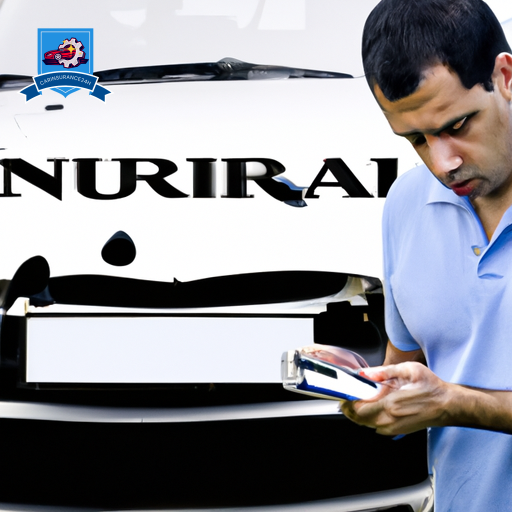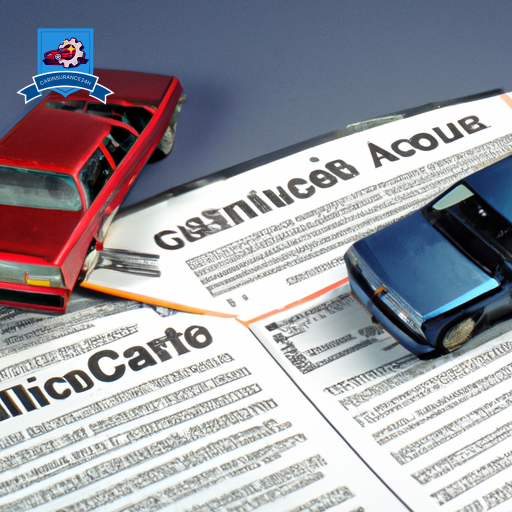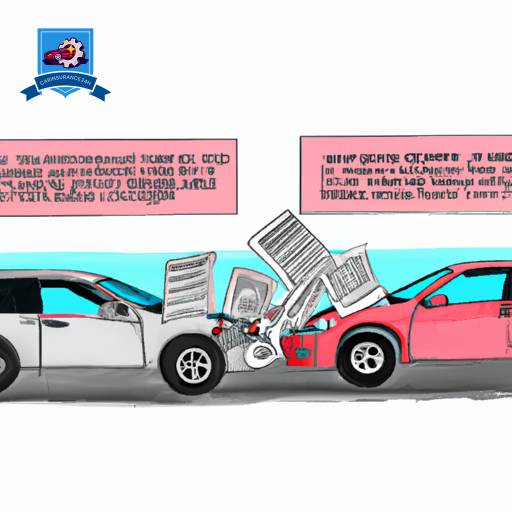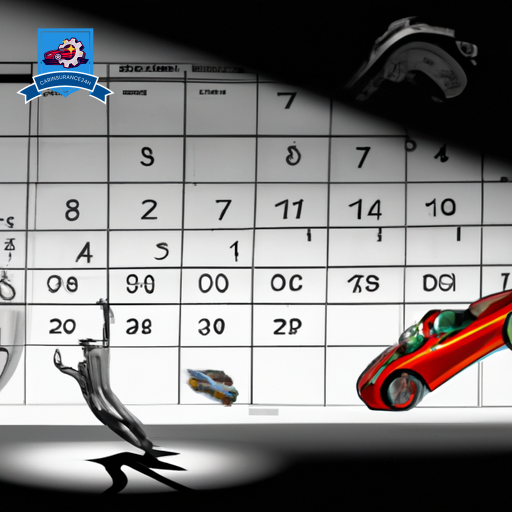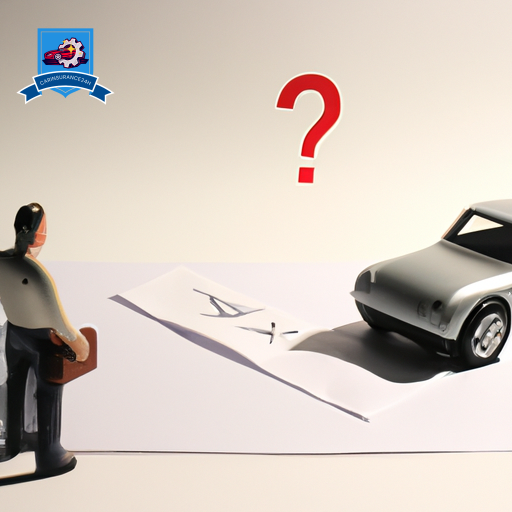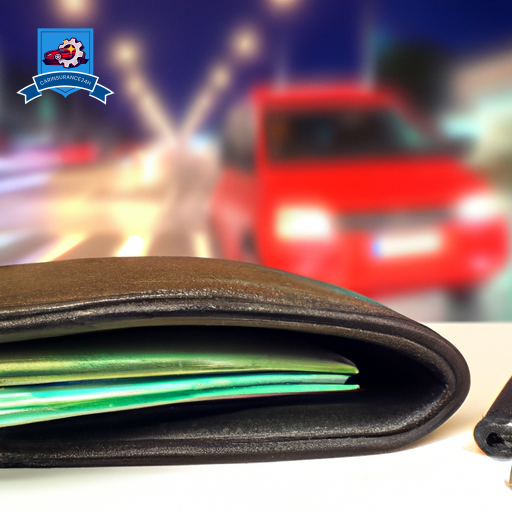Understanding the process of filing an underinsured motorist claim can be a complex and challenging task, requiring a detailed understanding of one’s insurance policy and the intricacies involved in reporting the accident and evaluating damages. It is imperative that claimants meticulously document their losses and engage in informed negotiations with insurers to guarantee adequate compensation.
This initial step of recognizing the critical aspects of your policy and the subsequent actions required sets the foundation for a successful claim. However, the journey from reporting to negotiation harbors many nuances that are essential for claimants to comprehend, inviting further exploration into the strategies that can facilitate a smoother claim process.
Understanding Your Policy

Before filing an underinsured motorist claim, it is imperative to thoroughly understand the specific provisions and limits of your insurance policy. This knowledge forms the foundation of a successful claim process, ensuring that you are well-informed of your entitlements and the constraints set by your insurance coverage. Coverage limits, in particular, delineate the maximum amount an insurance company will pay under a claim. These limits play a pivotal role in underinsured motorist claims as they directly influence the compensation you may receive following an accident with an underinsured driver.
Equally important are policy exclusions, which detail scenarios or conditions under which the insurance coverage does not apply. Familiarity with these exclusions prevents unforeseen surprises during the claim process, enabling you to manage your expectations and prepare adequately. For instance, some policies may exclude claims related to incidents occurring under specific circumstances, such as in a commercial vehicle or during certain high-risk activities.
Understanding the intricacies of your policy, including coverage limits and exclusions, requires diligent review and, if necessary, consultation with your insurance representative. This step is essential not only for filing a claim but also for ensuring that your coverage meets your needs. Adjusting coverage limits or understanding the implications of certain exclusions ahead of time can significantly streamline the claims process, reducing potential hurdles and misunderstandings.
Reporting the Accident

Having established the importance of understanding your insurance policy’s specifics, the next step in the claim process involves promptly reporting the accident to your insurance provider. This critical action sets the stage for an effective underinsured motorist claim, enabling your insurer to begin their preliminary assessment and support.
The moment an accident occurs, ensuring your safety and that of others involved is paramount. Subsequently, it’s imperative to contact law enforcement immediately. Police involvement provides an official record of the incident, which is a critical element when filing an insurance claim. The officers on the scene will document the accident’s circumstances, which helps establish the facts clearly and impartially. This police report is a valuable piece of evidence that your insurance company will require as part of your claim process.
Additionally, gathering witness statements at the scene can significantly bolster your claim. Witnesses can offer objective perspectives on the accident, providing details that you may have overlooked or been unaware of. Their accounts can corroborate your version of events and further substantiate your claim to the insurance company.
Once these initial steps are taken, contacting your insurance provider without delay is essential. Most insurers have specific time frames within which you must report an accident to be eligible for coverage. Delaying this report can jeopardize your claim. When reporting, be prepared to provide your insurer with all the relevant information, including the police report and any witness statements you’ve collected. This structured approach ensures a solid foundation for your underinsured motorist claim, streamlining the process and enhancing the likelihood of a favorable outcome.
Assessing Damages and Expenses
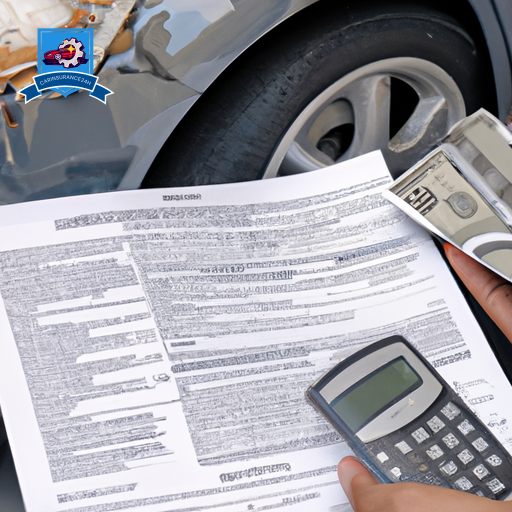
Once the initial report to your insurance provider has been made, the next essential step is to accurately assess the damages and expenses incurred due to the accident. This evaluation is pivotal in ensuring that you receive adequate compensation for your losses. The process should be approached with meticulous attention to detail and, where possible, the guidance of professional legal representation.
The assessment must cover a detailed spectrum of damages, including but not limited to, vehicle repair costs, medical expenses, and any other out-of-pocket expenses directly related to the accident. Legal representation can be invaluable here, offering expertise in identifying and quantifying claims that you might not have considered, such as potential future medical costs or compensation for emotional distress.
Gathering and organizing all pertinent documentation is a critical component of this phase. Medical documentation is particularly vital, as it provides an official record of injuries sustained and treatments received as a result of the accident. This should include everything from emergency room visits and doctor’s appointments to physical therapy sessions and medication receipts. Ensuring that all medical interventions are well-documented not only supports your claim but also helps in the accurate calculation of compensation owed to you.
It is also important to keep a detailed record of all repair estimates and receipts related to vehicle damage. These documents serve as a direct reflection of the financial impact the accident has had on your property, further bolstering your claim.
Filing Your Claim
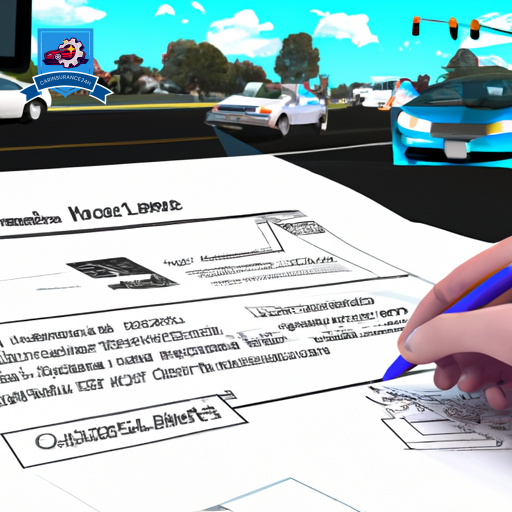
After evaluating the damages and compiling the necessary documentation, the next essential step is to formally file your underinsured motorist claim with your insurance provider. This process demands attention to detail and a structured approach to make sure that your claim is filed correctly and efficiently.
Begin by reviewing your insurance policy to understand the specifics of filing a claim for underinsured motorist coverage. This will guide you on the required claim documentation, the submission process, and any deadlines you must adhere to. Claim documentation typically includes a detailed account of the accident, police reports, medical records and bills related to injuries sustained, proof of income loss, and any other relevant evidence that substantiates your claim.
It’s important to organize your documentation meticulously, making sure that all records are accurate and complete. Submit the compiled documents to your insurance provider according to their guidelines. This may involve filling out specific forms provided by the insurer and attaching all relevant documentation.
Given the complexities involved in underinsured motorist claims, considering legal representation can be advantageous. A lawyer specializing in this area can provide invaluable guidance throughout the filing process, making sure that your claim is presented compellingly and meets all legal requirements. Legal representation can also help in identifying and addressing any potential issues early in the claim process, thereby avoiding delays or denials based on technicalities.
Negotiating With Insurers

Upon successfully filing your underinsured motorist claim, the next step involves engaging in negotiations with your insurance provider to reach a fair settlement. This phase is critical as it determines the compensation you will receive for your losses. To navigate this intricate process, it’s essential to understand effective claim strategies and be aware of potential policy loopholes that could affect your settlement.
When negotiating with insurers, consider these key points:
- Gather Thorough Evidence: Documentation such as medical records, repair bills, and any other related expenses strengthens your position. It’s tangible proof of your claim’s validity and the extent of your losses.
- Understand Your Policy Inside and Out: Familiarize yourself with the specifics of your insurance policy. Knowing the ins and outs, including any limitations or exclusions, arms you with the knowledge to counteract attempts to minimize your settlement.
- Be Prepared to Counter Low Offers: Insurers often start with a lower offer than what is fair. Having a clear understanding of your claim’s worth and the evidence to back it up puts you in a stronger position to negotiate a better deal.
Effective negotiation requires patience, persistence, and a strategic approach. By leveraging claim strategies and being vigilant about policy loopholes, you can increase your chances of securing a settlement that accurately reflects your losses. Remember, the goal is not just to settle, but to settle fairly. Keep communication open, be ready to substantiate your claim at every turn, and don’t hesitate to seek legal advice if you hit a deadlock.
Frequently Asked Questions
What Are the Tax Implications of Receiving an Underinsured Motorist Claim Payout?
Receiving an underinsured motorist claim payout, for instance after a vehicular accident, may have tax implications. Generally, claim payouts for physical injuries are not taxable, but it’s critical to consult a tax professional for specific advice.
How Does Filing an Underinsured Motorist Claim Affect My Insurance Premiums in the Long Term?
Filing an underinsured motorist claim may result in premium hikes upon policy renewal, contingent upon the insurer’s protocols and the claimant’s driving history. It’s crucial to contemplate these potential long-term financial implications carefully.
Can I File an Underinsured Motorist Claim if the Accident Occurred While I Was Driving in Another State?
Yes, you can file an underinsured motorist claim even if the accident occurred in another state. However, it’s essential to take into account state laws variation and your policy’s coverage limits, which may influence the claim process.
What Should I Do if the Underinsured Motorist’s Insurance Company Disputes the Accident Fault Determination?
If the underinsured motorist’s insurance company disputes fault, securing legal representation is advisable. An attorney can employ negotiation strategies to advocate on your behalf, aiming to reach a settlement that reflects the accident’s circumstances accurately.
How Does an Underinsured Motorist Claim Process Differ When Involving a Hit-And-Run Accident?
Ironically, in a world where accountability often seems elusive, filing a claim after a hit-and-run accident uniquely requires a police report, emphasizing the gravity of hit-and-run penalties. This process confirms a structured, precise approach to justice.

